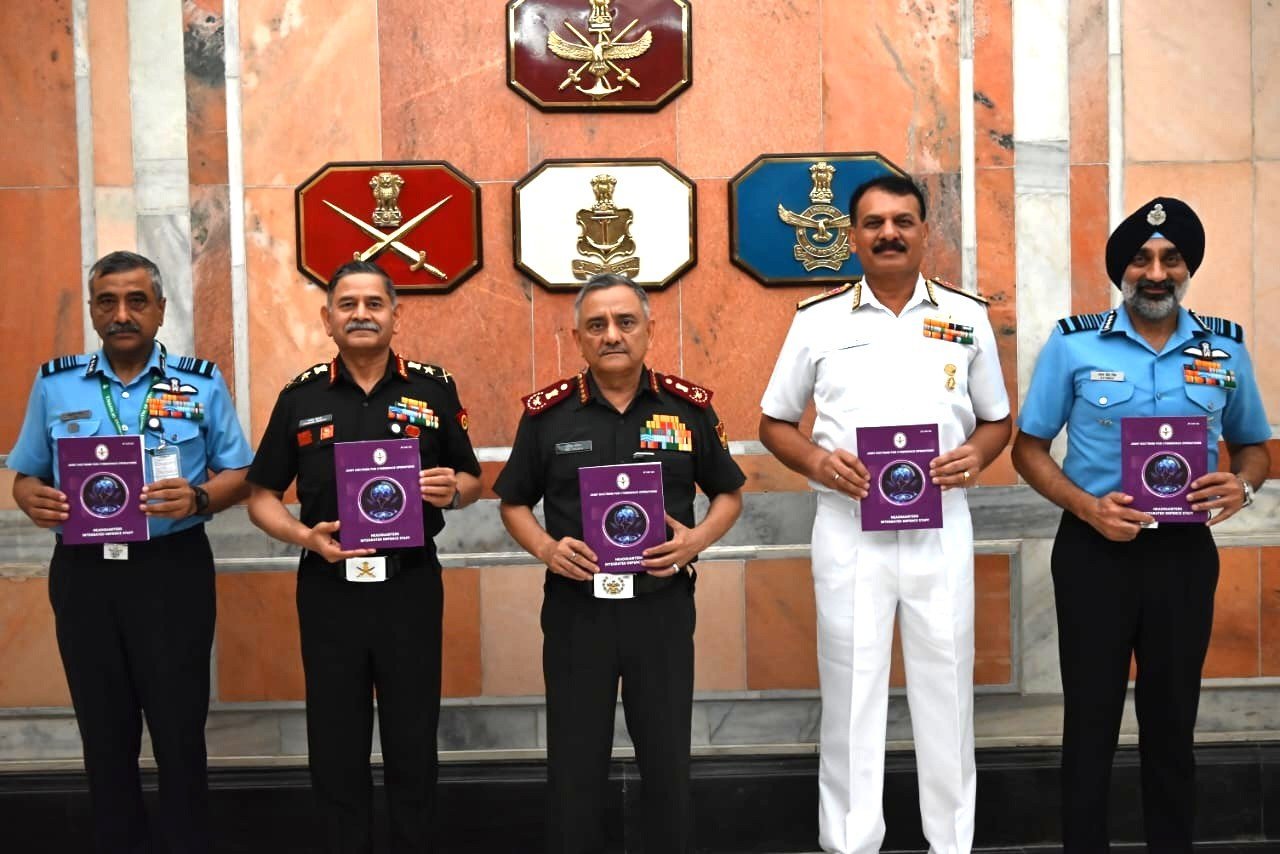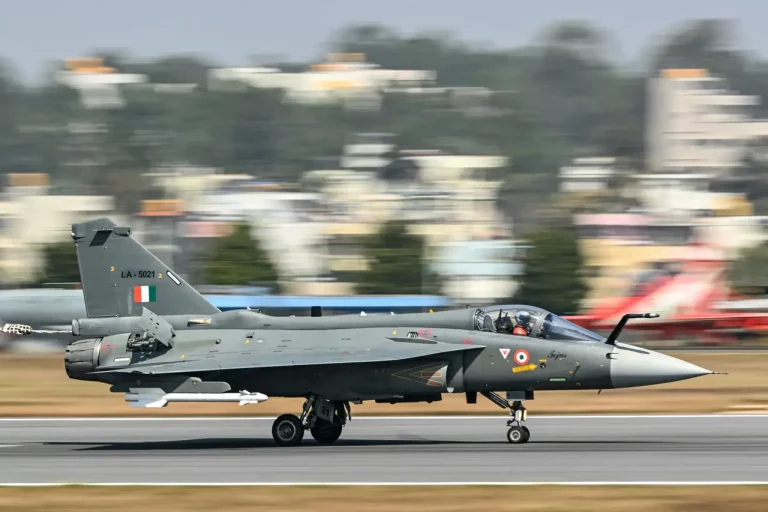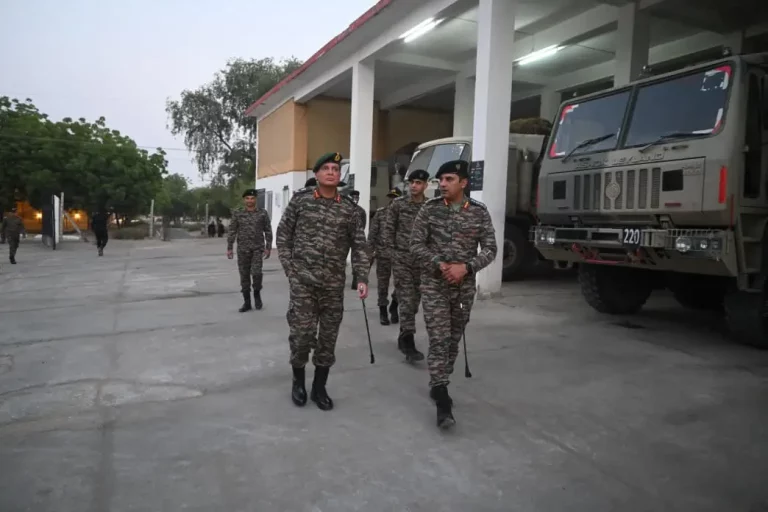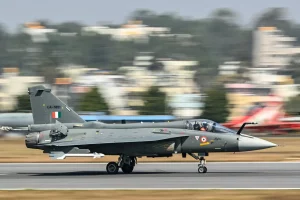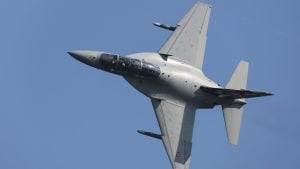In a significant development aimed at bolstering national security and enhancing integrated warfighting capabilities, Chief of Defence Staff General Anil Chauhan, alongside the leaders of the Indian Army, Navy, and Air Force, has officially released the Joint Doctrines for Cyberspace Operations and Amphibious Operations. The event took place in the capital and marks a pivotal moment in India’s defense strategy.
These doctrines signify a strategic shift in enhancing India’s defense preparedness, focusing on improving interoperability among the three military services. By ensuring cohesive and rapid responses in both cyber and maritime domains, the doctrines aim to strengthen coordination and efficiency within the armed forces.
The Joint Doctrine for Cyberspace Operations presents a thorough approach to both cyber defense and offense, underscoring the growing importance of cyberspace in modern military strategy. The doctrine highlights the critical need for integrated planning and execution of cyber operations, especially given a reported 66% increase in cyber incidents targeting defense infrastructure, according to the Indian Council of World Affairs.
Simultaneously, the Joint Doctrine for Amphibious Operations emphasizes the necessity for joint force deployment, rapid mobility, and synergy between maritime and land operations. With escalating regional tensions and the increasing amphibious capabilities of China, as indicated by a RAND Corporation study, the Indian Armed Forces are focusing on reinforcing deterrence and power projection in the Indian Ocean region. This doctrine encourages coordinated training and mission planning among the services, thereby enhancing India’s ability to conduct complex amphibious missions.
Both doctrines establish a standardized framework and common terminology for joint operations, supporting a larger agenda of theater-level integration and modernization. The doctrines are now publicly accessible through official military channels, which not only reinforces transparency but also fosters a deeper understanding of India’s evolving defense strategy.
Defense analysts have expressed optimism regarding this initiative, considering it both timely and forward-looking. The introduction of these doctrines is anticipated to significantly enhance India’s preparedness against hybrid threats, grey zone warfare, and conventional military challenges in an increasingly contested strategic landscape.
